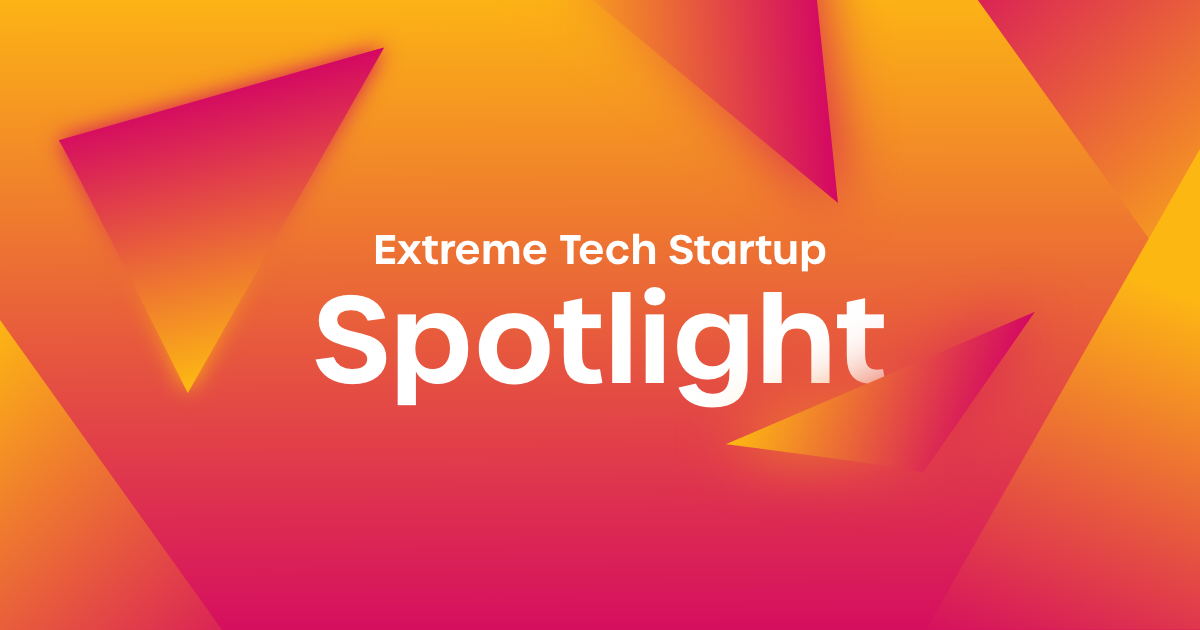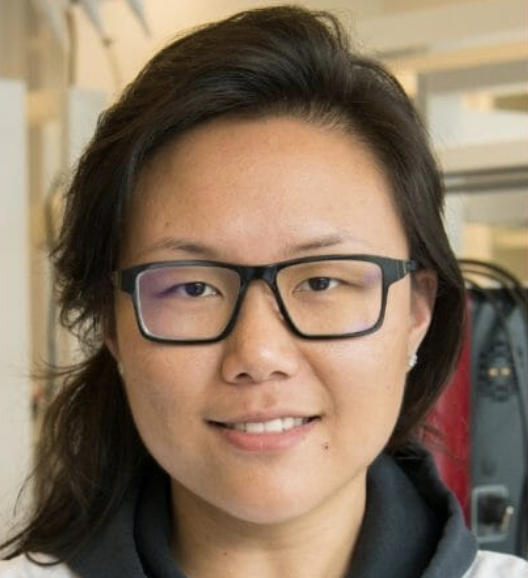This week in our Startup Spotlight blog series is our 2020 XTC co-Grand Winner – Genecis Bioindustries!
Turning food waste into high-value materials


Six Questions for Luna Yu, CEO and Founder, Genecis Bioindustries of Canada
Luna is a native of southern Ontario and received both her Bachelor of Applied Science with Distinction and Masters of Environmental Science from the University of Toronto. Before launching Genecis, she founded 2 software startups while an undergraduate, primarily to learn how to be an entrepreneur, a web services provider to clients, and a consumer-facing web portal to help international students emigrate to Canada. Luna and Genecis have been winners or finalists in the Women in Cleantech Challenge, Fierce Founders, BASF’s 1st Innovation Pitch Series, Lead 2030 and Y Combinator.
1. What problem is GENECIS solving and how?
Genecis is actually solving 3 problems. We are transforming food waste into a useful material rather than it going to just landfill or low-value composting. Our inputs are substituting for petroleum-based chemicals in the synthesis of the high-value plastic, and our bioplastic material is compostable, ring-biodegradable and recyclable. Any one of those would be great, but we get to have the latter two be the outcome of the first one, so win-win-win.
We’re doing this by applying very carefully selected microorganisms, bacteria, in a carefully engineered process. One set eats the organic waste and converts it into carbon, the second set eats the carbon and in digesting it, gets “fat” with the bioplastic, which we later extract as part of our proprietary processing.
Our first target materials are polyhydroxyalkanoates or PHAs which have a wide range of high-value applications in medical equipment, but we think we can use this process to generate a broader range of polyethylenes that can substitute for up to 60% of the world’s petroleum based plastic use.
2. What is your background that led you to founding GENECIS?
Well, I was a big science nerd growing up, especially about biology, so maybe a bit of Big Bang Sheldon. Both my parents were engineers and my mother was a wastewater engineer in environmental engineering, so I guess studying Environmental Science I ended up not falling far from the tree. In the EnvirSci Masters program I stumbled upon a biogas conference. Biogas is basically using bacteria to digest and generate new material, in this case methane for energy.
But I got rather intrigued because it seemed very inefficient with a 28-day processing cycle and methane generally has a low market value, and I thought, could we take this process and divert it into generating some higher value material. Turns out bacterial digestion can go in lots of directions and after poking around many of them, we came across polyhydroxyalkanoates (PHAs), and it just had a great profile and we said – that’s IT! They are intrinsically biodegradable and compostable, PHAs were experiencing phenomenal growth in the medical equipment market, and we just liked the notion of not just re-cycling but up-cycling into greater value and complete circularity. So we put together ideas and started a company.
3. What is unique about your technology and what is the validation status?
You had asked me previously if these were natural or GMO bacteria. Well, it’s both. First we use a (proprietary) mixture of anaerobic bacteria to break down the food waste into fatty acids, similar to how food is digested in our stomachs. Then those fatty acids are added to a culture of aerobic bacteria that are engineered to produce PHAs in the cells, like an animal would grow fat. Then our third step is to extract the PHA from their cells and purify the plastic for industrial use. This whole process takes < 7 days compared to that 28 day biogas cycle I first saw in college. Also, you don’t just sprinkle bacteria on a pile of food scraps, there is a lot of biomechanical and peripheral chemical engineering that goes into the whole digestion process to do it as a continuous feed and at industrial scale with safety and efficiency.
That’s the journey that we have been on for now half-a-decade, we had gotten to where we could demonstrate a prototype minimum-viable-production process when we entered and won Extreme Tech Challenge in 2020 and since then we have gotten two great pilot projects which, when completed will really validate it, but winning those engagements was itself a validation, as was, in fact, winning Extreme Tech Challenge.
4. What are your Go-To-Market ideas and traction received so far?
Well, let’s talk about those pilot projects, both won in 2021. The first actually involves that original inspiration, a biogas plant, where we will be an adjunct process that takes some of the first stage carbon from the digestion process and converts it into polyhydroxyalkanoates while the rest is turned by the main plant into methane. This is really wonderful I think, and I love returning to the source of my inspiration. Biogas is a great thing and the world needs alot more of it, and by doing the PHAs on the side, we can help the biogas plant be better capitalized by raising its revenue streams by 5x or more.
The second pilot is working with a manufacturer of insulin, to use what is somewhat like brewer’s by-products or wine must which is left behind by the insulin process. We are converting that into PHAs, which they coincidentally use for their consumer insulin injectors, which were previously just thrown away, but now can be recycled again.
Since XTC we have booked our first $1M in revenue and now have a $10M backlog of business to execute upon.
5. What’s next?
Well, that $10M backlog is a big challenge, a lot of demand, not as much supply. So, what is next is working on how to collaborate with other producers, like we are in the biogas and insulin projects, so we can leverage a network to do more that we can do alone — what we term “collaborate to accelerate”.
We’re also planning to launch our own products directly to consumers in the upcoming months. This is really exciting as we will get an opportunity to interact directly with consumers and learn how our product can best bring value to them.
6. Tell us about your experience with XTC and what were the benefits/takeaways?
Well, you mentioned earlier that Genecis has entered alot of competitions: BASF, Lead2030, Womens Cleantech, Y Combinator, Fierce Founders. At first we did that simply to get non-dilutive capital from the prize purses, but we found that the almost bigger benefits were:
- networking, which is how we got the “father” of polyhydroxyalkanoates, Jim Barber, as an Advisor
- connections to a huge amount of industry leaders and investors
- press and exposure that opened more doors for collaboration
With Extreme Tech Challenge the experience was, simply stated, “amazing”. We were able to capitalize on the publicity and validation and that really helped build the revenue and close the order backlog I just mentioned. We’ve stayed engaged with your investor ecosystem and attended a number of events those investors have held, which layered and layered our contacts, and we did great networking at your first in-person Finals this spring in Berkeley. And of course, money. We were able to connect with alot of investors from your judging panels and larger network, so that, when we wanted to do a pre-A bridge funding in 2021, Jerry Yang, IT-Farm Japan and other XTC partners contributed almost 1/ 3 of the total amount! And then Jerry and IT-Farm also participated in our recent Series A which was led by Khosla Ventures. So, it’s been entirely worth it to engage with XTC’s very elite community.
Interviewed and edited by John Martin